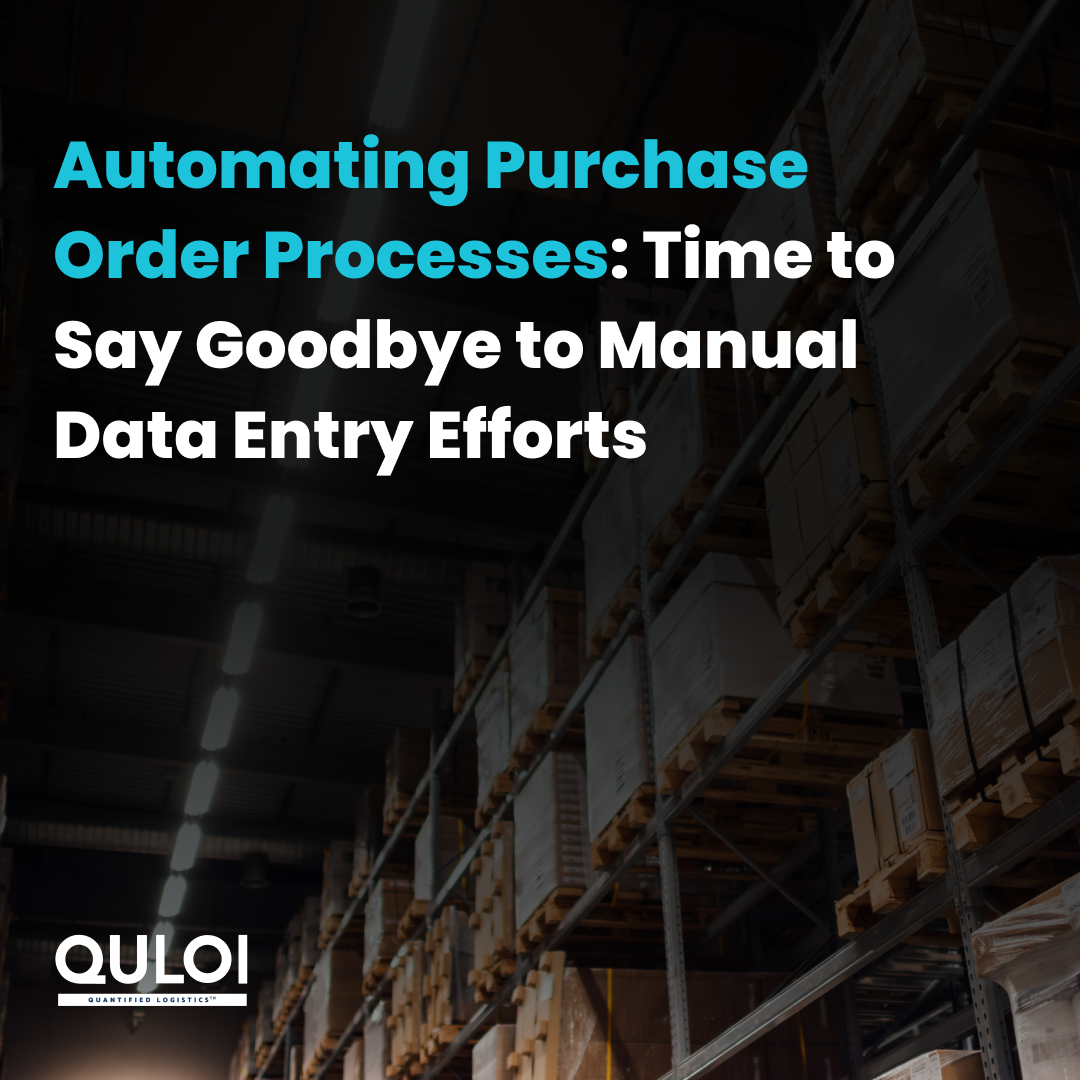Measure What Matters with Supply Chain Dashboards
As a manufacturer, you’re no stranger to the data deluge that comes with the business. From production lines to deliveries, your business is bombarded with information. But here’s the catch-this data overload can be overwhelming, making it difficult to separate the signal from the noise. How do you make data-driven decisions that propel your supply chain forward? Do you have centralized control over your business activities? This is where supply chain dashboards come in, cutting through the clutter and providing a centralized command center for real-time insights and actionable intelligence.
What is a Supply Chain Dashboard?
A well-designed supply chain dashboard offers a visual command center, displaying KPIs that matter most to your business. Picture this: Your dashboard alerts you to a spike in late deliveries from a key supplier. This real-time insight empowers you to investigate – is it a production issue or a logistical snag? Within minutes, you can investigate potential production delays or logistical issues, launch clear communication, and take corrective actions – all before disruptions impact your customers.

How Important are Dashboards for Your Business?
Creating a smarter supply chain isn’t just about collecting heaps of real-time shipping and tracking data. It’s about harnessing the power of a dashboard, which not only organizes this information but also unlocks real-time insights, empowering you to make informed decisions. A well-designed dashboard provides users with an intuitive interface to meet key metrics such as OTIF supplier performance, lead time, or products produced in a time frame and presents data in an easy-to-interpret format.
Benefits of a Supply Chain Dashboard
For Buyers:
- Monitor order status in real-time, allowing for proactive issue management.
- Gain visibility into estimated delivery times and reduce stock-outs or excess inventory.
- Assess supplier performance metrics, such as quality, on-time delivery, and responsiveness, for informed supplier selection.
For Suppliers:
- Track production output metrics such as production rates and resource utilization to meet demand efficiently.
- Get real-time shipment status to anticipate delivery timelines and address any delays quickly.
- Identify areas for improvement in service levels, product quality, and responsiveness, improving customer satisfaction.
For Manufacturers:
- Monitor production efficiency metrics like equipment availability, downtime, etc., to optimize workflows and maximize productivity.
- Gain real-time visibility into inventory levels to optimize inventory levels, reduce stock-outs, and reduce carrying costs.
- Measure defect rates and customer complaints, ensuring product consistency.
KPIs that you can Track Through Your Dashboard
A well-designed supply chain dashboard empowers users with the right information at the right time. By customizing KPIs based on roles and responsibilities, Quloi ensures everyone has the insights they need to optimize their performance. Here’s a glimpse into some key performance indicators relevant to different stakeholders in the supply chain.
Order Milestones
The Order Milestones widget visually summarizes the key progress stages for an order within the platform. Buyers can track the order progress, anticipate delivery dates, and ensure timely fulfillment. Suppliers can leverage order milestones to monitor order processing and fulfillment to meet customer expectations. Order milestones include the following metrics:
Booking Status
Get a real-time snapshot of the order bookinga, including status of forwarders’ acceptance, rejection, and the subsequent shipment creations. By analyzing booking data, buyers can plan production aligning with inventory targets and customer requirements. It also enables suppliers to streamline their production and distribution processes, maintaining agile response capabilities to accommodate changes in demand or market conditions. Booking Status includes these metrics:
Pending: Bookings awaiting forwarder quotations.
Accepted: Finalized agreements between shipper and forwarder to proceed.
Rejected: Bookings declined after all forwarder quotes are reviewed.
Shipment Created: Marks the initiation of logistics for transportation and delivery
Shipment Status
This widget simplifies comparing quotations from different freight forwarders, allowing:
Buyers to secure cost-effective purchases by analyzing and comparing quotes from forwarders. It also emnables suppliers to attract buyers by working with competitive forwarders and offering competitive total landed costs.
Quotation Metrics:
Accepted: Quotes approved by the booking owner (buyer).
Pending: Quotes awaiting a decision from the booking owner (buyer).
Rejected: Quotes declined by the booking owner (buyer).
Expired: Quotes exceeding their validity period.

Measure What Matters With Quloi
Traditional data management methods often lack the visibility and actionable insights needed to optimize your supply chain. Our supply chain dashboard also helps you benchmark and compare your business performance against your competitors and identify areas for further improvement and differentiation. By enabling precise tracking, improving delivery tracking, and forecasting demand accurately, dashboards help streamline operations. Quloi allows you to take control of your supply chain with real-time updates on each milestone. Quloi allows you to access a more detailed analytics view of orders, which allows you to drill down into specific data and gain insights into order patterns and trends.
Don’t wait for disruptions to become crises. See a clearer picture and take decisive action. Book a demo today to discover how Quloi’s supply chain dashboards can transform your business.
FAQs
What is a supply chain dashboard?
A Supply Chain Dashboard is a reporting tool that enables businesses to track supply chain KPIs and metrics in a single display. It tracks logistics management, order visibility, inventory levels, supplier performance, and warehouse operations.
What is the purpose of a supply chain metrics dashboard?
A supply chain metrics dashboard provides a snapshot of entire supply chain operations and enables informed decisions by serving the key purpose:
- Helps identify the strengths and weaknesses of your supply chain logistics
- Allows for real-time monitoring of performance.
- Increases inventory accuracy, reducing wasted resources and capital based on accurate data.
What is a KPI in supply chain?
Key performance indicators (KPIs) are quantitative metrics to evaluate your business’s performance over time. KPIs vary based on organizational needs and enable you to monitor how effectively your organization achieves its goals.
Related Articles


